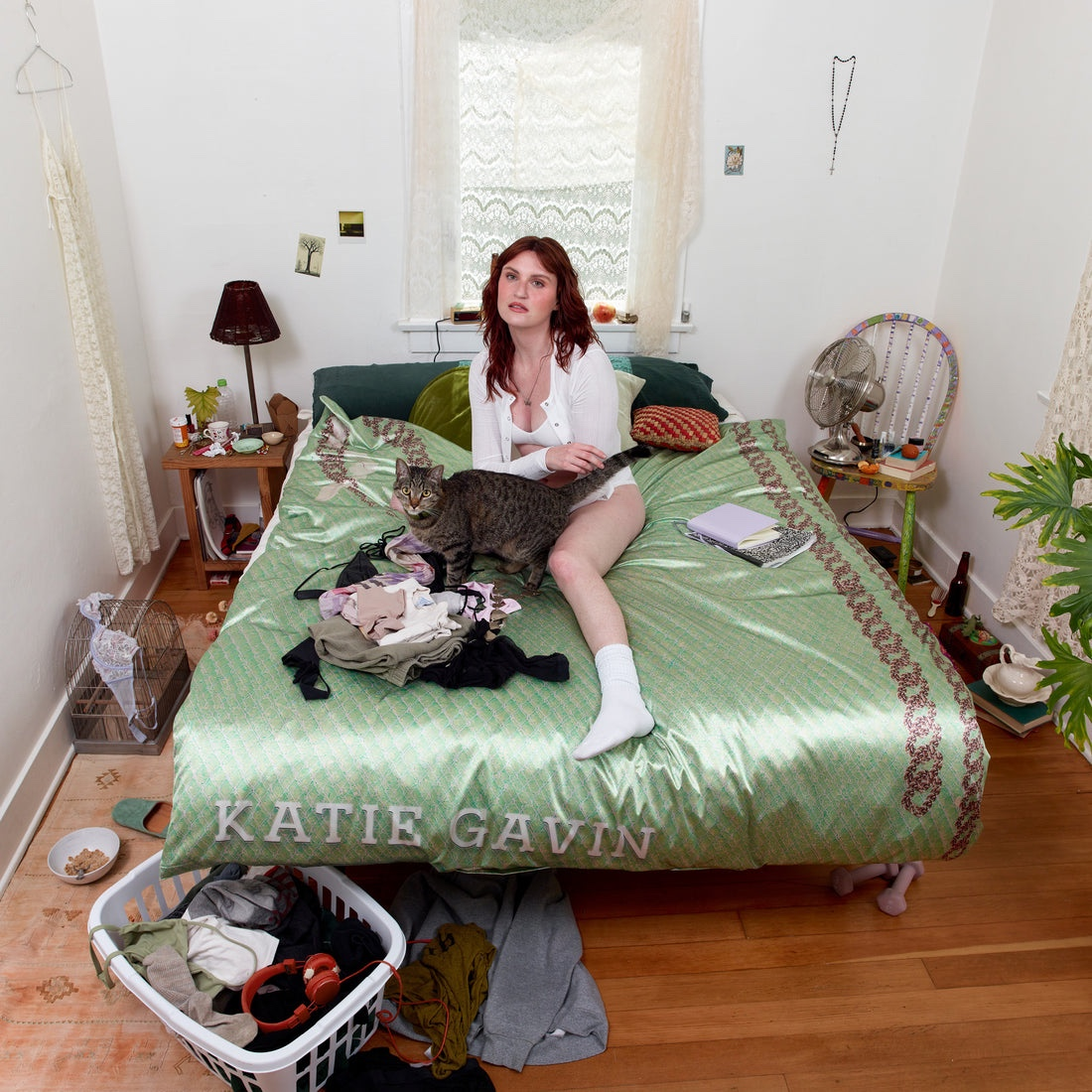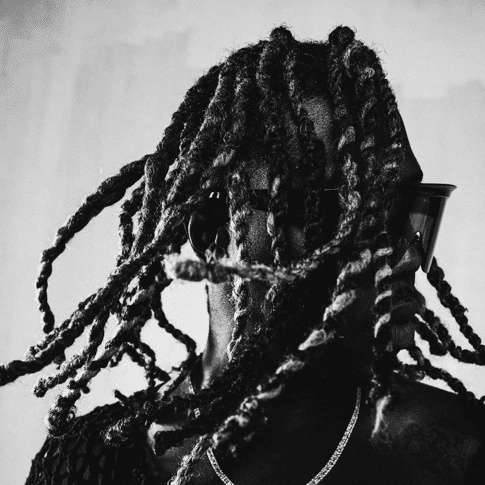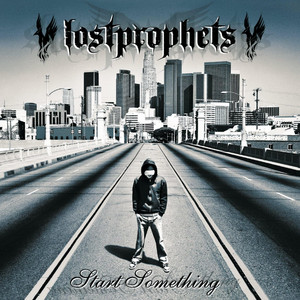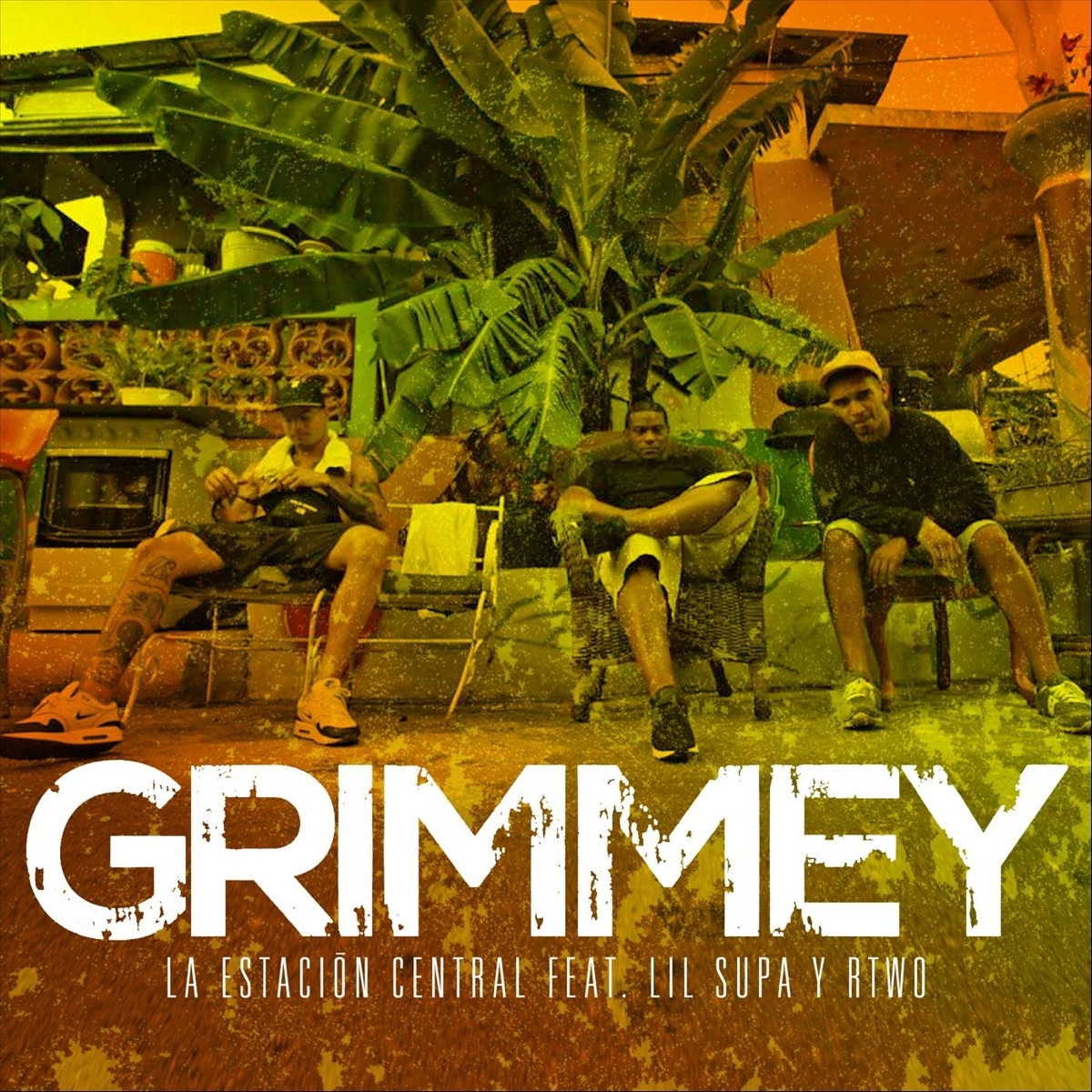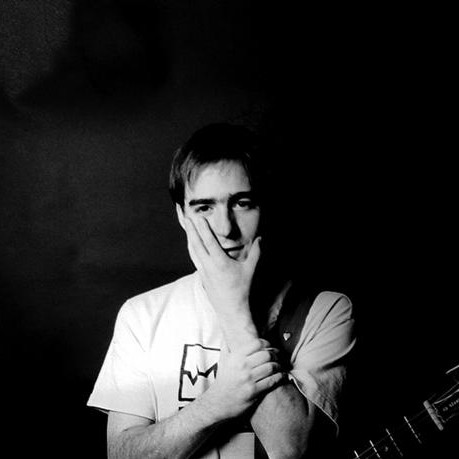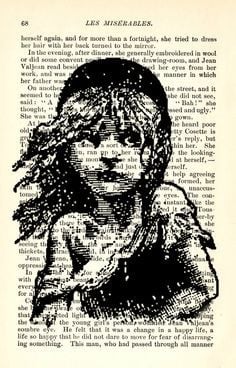
Part IV, Book X, Chap IV: “The Ebullitions of Former Days” Victor Hugo
На этой странице вы найдете полный текст песни "Part IV, Book X, Chap IV: “The Ebullitions of Former Days”" от Victor Hugo. Lyrxo предлагает вам самый полный и точный текст этой композиции без лишних отвлекающих факторов. Узнайте все куплеты и припев, чтобы лучше понять любимую песню и насладиться ею в полной мере. Идеально для фанатов и всех, кто ценит качественную музыку.

(VOLUME IV: SAINT-DENIS; BOOK X: THE 5TH OF JUNE, 1832)
Nothing is more extraordinary than the first breaking out of a riot. Everything bursts forth everywhere at once. Was it foreseen? Yes. Was it prepared? No. Whence comes it? From the pavements. Whence falls it? From the clouds. Here insurrection assumes the character of a plot; there of an improvisation. The first comer seizes a current of the throng and leads it whither he wills. A beginning full of terror, in which is mingled a sort of formidable gayety. First come clamors, the shops are closed, the displays of the merchants disappear; then come isolated shots; people flee; blows from gun-stocks beat against portes cocheres, servants can be heard laughing in the courtyards of houses and saying: "There's going to be a row!"
A quarter of an hour had not elapsed when this is what was taking place at twenty different spots in Paris at once.
In the Rue Sainte-Croix-de-la-Bretonnerie, twenty young men, bearded and with long hair, entered a dram-shop and emerged a moment later, carrying a horizontal tricolored flag covered with crape, and having at their head three men armed, one with a sword, one with a gun, and the third with a pike.
In the Rue des Nonaindieres, a very well-dressed bourgeois, who had a prominent belly, a sonorous voice, a bald head, a lofty brow, a black beard, and one of these stiff mustaches which will not lie flat, offered cartridges publicly to passers-by.
In the Rue Saint-Pierre-Montmartre, men with bare arms carried about a black flag, on which could be read in white letters this inscription: "Republic or Death!" In the Rue des Jeuneurs, Rue du Cadran, Rue Montorgueil, Rue Mandar, groups appeared waving flags on which could be distinguished in gold letters, the word section with a number. One of these flags was red and blue with an almost imperceptible stripe of white between.
They pillaged a factory of small-arms on the Boulevard Saint-Martin, and three armorers' shops, the first in the Rue Beaubourg, the second in the Rue Michel-le-Comte, the other in the Rue du Temple. In a few minutes, the thousand hands of the crowd had seized and carried off two hundred and thirty guns, nearly all double-barrelled, sixty-four swords, and eighty-three pistols. In order to provide more arms, one man took the gun, the other the bayonet.
Opposite the Quai de la Greve, young men armed with muskets installed themselves in the houses of some women for the purpose of firing. One of them had a flint-lock. They rang, entered, and set about making cartridges. One of these women relates: "I did not know what cartridges were; it was my husband who told me."
One cluster broke into a curiosity shop in the Rue des Vielles Haudriettes, and seized yataghans and Turkish arms.
The body of a mason who had been killed by a gun-shot lay in the Rue de la Perle.
And then on the right bank, the left bank, on the quays, on the boulevards, in the Latin country, in the quarter of the Halles, panting men, artisans, students, members of sections read proclamations and shouted: "To arms!" broke street lanterns, unharnessed carriages, unpaved the streets, broke in the doors of houses, uprooted trees, rummaged cellars, rolled out hogsheads, heaped up paving-stones, rough slabs, furniture and planks, and made barricades.
They forced the bourgeois to assist them in this. They entered the dwellings of women, they forced them to hand over the swords and guns of their absent husbands, and they wrote on the door, with whiting: "The arms have been delivered"; some signed "their names" to receipts for the guns and swords and said: "Send for them to-morrow at the Mayor's office." They disarmed isolated sentinels and National Guardsmen in the streets on their way to the Townhall. They tore the epaulets from officers. In the Rue du Cimitiere-Saint-Nicholas, an officer of the National Guard, on being pursued by a crowd armed with clubs and foils, took refuge with difficulty in a house, whence he was only able to emerge at nightfall and in disguise.
In the Quartier Saint-Jacques, the students swarmed out of their hotels and ascended the Rue Saint-Hyacinthe to the Cafe du Progress, or descended to the Cafe des Sept-Billards, in the Rue des Mathurins. There, in front of the door, young men mounted on the stone corner-posts, distributed arms. They plundered the timber-yard in the Rue Transnonain in order to obtain material for barricades. On a single point the inhabitants resisted, at the corner of the Rue Sainte-Avoye and the Rue Simon-Le-Franc, where they destroyed the barricade with their own hands. At a single point the insurgents yielded; they abandoned a barricade begun in the Rue de Temple after having fired on a detachment of the National Guard, and fled through the Rue de la Corderie. The detachment picked up in the barricade a red flag, a package of cartridges, and three hundred pistol-balls. The National Guardsmen tore up the flag, and carried off its tattered remains on the points of their bayonets.
Nothing is more extraordinary than the first breaking out of a riot. Everything bursts forth everywhere at once. Was it foreseen? Yes. Was it prepared? No. Whence comes it? From the pavements. Whence falls it? From the clouds. Here insurrection assumes the character of a plot; there of an improvisation. The first comer seizes a current of the throng and leads it whither he wills. A beginning full of terror, in which is mingled a sort of formidable gayety. First come clamors, the shops are closed, the displays of the merchants disappear; then come isolated shots; people flee; blows from gun-stocks beat against portes cocheres, servants can be heard laughing in the courtyards of houses and saying: "There's going to be a row!"
A quarter of an hour had not elapsed when this is what was taking place at twenty different spots in Paris at once.
In the Rue Sainte-Croix-de-la-Bretonnerie, twenty young men, bearded and with long hair, entered a dram-shop and emerged a moment later, carrying a horizontal tricolored flag covered with crape, and having at their head three men armed, one with a sword, one with a gun, and the third with a pike.
In the Rue des Nonaindieres, a very well-dressed bourgeois, who had a prominent belly, a sonorous voice, a bald head, a lofty brow, a black beard, and one of these stiff mustaches which will not lie flat, offered cartridges publicly to passers-by.
In the Rue Saint-Pierre-Montmartre, men with bare arms carried about a black flag, on which could be read in white letters this inscription: "Republic or Death!" In the Rue des Jeuneurs, Rue du Cadran, Rue Montorgueil, Rue Mandar, groups appeared waving flags on which could be distinguished in gold letters, the word section with a number. One of these flags was red and blue with an almost imperceptible stripe of white between.
They pillaged a factory of small-arms on the Boulevard Saint-Martin, and three armorers' shops, the first in the Rue Beaubourg, the second in the Rue Michel-le-Comte, the other in the Rue du Temple. In a few minutes, the thousand hands of the crowd had seized and carried off two hundred and thirty guns, nearly all double-barrelled, sixty-four swords, and eighty-three pistols. In order to provide more arms, one man took the gun, the other the bayonet.
Opposite the Quai de la Greve, young men armed with muskets installed themselves in the houses of some women for the purpose of firing. One of them had a flint-lock. They rang, entered, and set about making cartridges. One of these women relates: "I did not know what cartridges were; it was my husband who told me."
One cluster broke into a curiosity shop in the Rue des Vielles Haudriettes, and seized yataghans and Turkish arms.
The body of a mason who had been killed by a gun-shot lay in the Rue de la Perle.
And then on the right bank, the left bank, on the quays, on the boulevards, in the Latin country, in the quarter of the Halles, panting men, artisans, students, members of sections read proclamations and shouted: "To arms!" broke street lanterns, unharnessed carriages, unpaved the streets, broke in the doors of houses, uprooted trees, rummaged cellars, rolled out hogsheads, heaped up paving-stones, rough slabs, furniture and planks, and made barricades.
They forced the bourgeois to assist them in this. They entered the dwellings of women, they forced them to hand over the swords and guns of their absent husbands, and they wrote on the door, with whiting: "The arms have been delivered"; some signed "their names" to receipts for the guns and swords and said: "Send for them to-morrow at the Mayor's office." They disarmed isolated sentinels and National Guardsmen in the streets on their way to the Townhall. They tore the epaulets from officers. In the Rue du Cimitiere-Saint-Nicholas, an officer of the National Guard, on being pursued by a crowd armed with clubs and foils, took refuge with difficulty in a house, whence he was only able to emerge at nightfall and in disguise.
In the Quartier Saint-Jacques, the students swarmed out of their hotels and ascended the Rue Saint-Hyacinthe to the Cafe du Progress, or descended to the Cafe des Sept-Billards, in the Rue des Mathurins. There, in front of the door, young men mounted on the stone corner-posts, distributed arms. They plundered the timber-yard in the Rue Transnonain in order to obtain material for barricades. On a single point the inhabitants resisted, at the corner of the Rue Sainte-Avoye and the Rue Simon-Le-Franc, where they destroyed the barricade with their own hands. At a single point the insurgents yielded; they abandoned a barricade begun in the Rue de Temple after having fired on a detachment of the National Guard, and fled through the Rue de la Corderie. The detachment picked up in the barricade a red flag, a package of cartridges, and three hundred pistol-balls. The National Guardsmen tore up the flag, and carried off its tattered remains on the points of their bayonets.
Комментарии (0)
Минимальная длина комментария — 50 символов.

